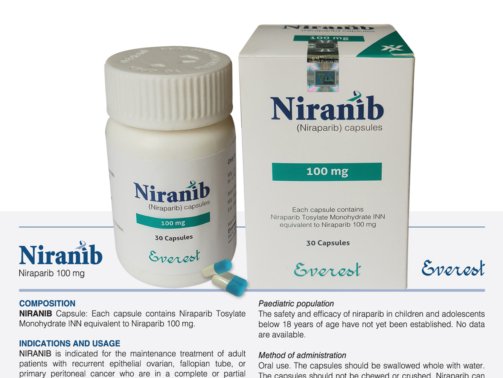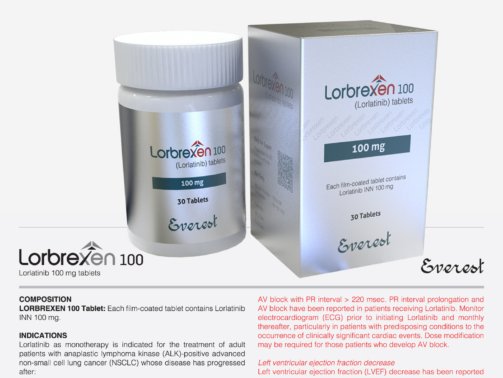Semaglutide 3 mg (Ozempic)
0.00$
Novo Nordisk created the prescription drug semaglutide 3 mg, which is sold under the trade name Ozempic, to treat type 2 diabetes mellitus in adults. GLP-1 receptor agonists (glucagon-like peptide-1) are a class of medications that mimic the natural hormone GLP-1’s ability to control blood sugar levels. Ozempic has drawn notice for its role in promoting weight loss and cardiovascular health in addition to its authorized use for glycemic management.
How Semaglutide Works
By encouraging the pancreatic release of insulin and preventing the synthesis of glucagon, semaglutide decreases blood glucose levels. Additionally, it improves satiety, which prolongs patients’ feelings of fullness, and delays stomach emptying, which helps to lessen postprandial (after-meal) glucose rises. Semaglutide is very effective at controlling type 2 diabetes and addressing related metabolic problems because of this threefold mechanism.
In contrast to several diabetic drugs that raise the risk of hypoglycemia, or low blood sugar, semaglutide releases insulin in response to glucose. This lowers the risk of hypoglycemia, a crucial safety element, by only stimulating insulin when blood sugar is elevated.
Dosage and Administration
The Ozempic dosage of 3 mg is a component of a titration procedure. For the first four weeks, patients are usually started on a lower dose, usually 0.25 mg weekly, to avoid gastrointestinal side effects and give the body time to adjust. After that, the dosage is gradually raised to 0.5 mg, 1 mg, and eventually 2 mg or more, based on the patient’s tolerance and the therapeutic objectives.
As the patient advances toward a higher maintenance dose, such 4 mg or the maximum dose of 2 mg (allowed for type 2 diabetes), the 3 mg dose is frequently. It’s crucial to remember that 3 mg of semaglutide is only authorized as a dose-escalation protocol and not as a long-term maintenance dose for glycemic control.
Ozempic is injected subcutaneously once a week, usually into the upper arm, thigh, or abdomen. With the right guidance from a healthcare professional, patients can administer the injection themselves.
Clinical Benefits
As the patient advances toward a higher maintenance dose, such 4 mg or the maximum dose of 2 mg (allowed for type 2 diabetes), the 3 mg dose is frequently utilized as an intermediary step in the titration schedule. It’s crucial to remember that 3 mg of semaglutide is only authorized as a dose-escalation protocol and not as a long-term maintenance dose for glycemic control.
Ozempic is injected subcutaneously once a week, usually into the upper arm, thigh, or abdomen. With the right guidance from a healthcare professional, patients can administer the injection themselves.
Side Effects and Precautions
Semaglutide 3 mg (Ozempic) has several negative effects, just like any other medicine. The most prevalent are gastrointestinal in origin and consist of:
Feeling queasy
Throwing up
Having diarrhea
Constipation
Pain in the abdomen
Usually mild to severe, these side effects go away when the body becomes used to them. These problems can be reduced by gradually titrating the dosage.
Less common but more harmful side effects include the following:
Pancreatitis, or pancreatic inflammation
Gallstones and other gallbladder diseases
kidney damage, particularly in people who already have kidney disease
Thyroid C-cell tumors: Research on animals has indicated a higher risk, although the applicability to humans is currently being assessed. Because of this risk, Ozempic is contraindicated in people who have a personal or family history of multiple endocrine neoplasia syndrome or medullary thyroid cancer.
Who Should Not Use Semaglutide
Ozempic is not recommended for people who have:
Diabetes type 1
Diabetes mellitus
An extensive history of gastrointestinal disorders
Insensitivity to any of the components in semaglutide
Additionally, because semaglutide’s safety in these groups has not been proved, it is not advised during pregnancy or lactation.
Interactions with Drugs
Because semaglutide affects stomach emptying, it may have an impact on the absorption of oral medicines. As a result, care should be exercised while taking it with other drugs, particularly ones that need steady blood levels or have a limited therapeutic index.
Conclusion
In a convenient once-weekly injection, semaglutide 3 mg (Ozempic) provides cardiovascular advantages, weight loss, and blood sugar control, making it a potent tool in the treatment of type 2 diabetes. Even though it serves only as a transitory dose in the larger titration process, it has a big impact on long-term results and patient adaption. As always, to minimize adverse effects and maximize therapeutic results, patients should use Ozempic under the guidance of a licensed healthcare professional.
Order Now At Mdx Pharma bd….
To order from MDX Pharma BD, visit their website at https://mdxpharmabd.com, where you can browse products and place orders online. For inquiries or orders via email, contact emedicarepharma@gmail.com. Alternatively, call (+88) 01929123476. Their address is 29, Abdullahpur, Uttara, Dhaka-1230, Bangladesh.
1. What is the purpose of Semaglutide 3 mg (Ozempic)?
Adults with type 2 diabetes can use Ozempic (semaglutide) 3 mg to help control their blood sugar levels. For those with type 2 diabetes and heart disease, it may also help them lose weight and lower their risk of serious cardiovascular events including heart attacks and strokes.
2. Is a dose of 3 mg typical for Ozempic?
No, 3 mg isn’t a common maintenance dosage. Weekly maintenance doses of 0.5 mg, 1 mg, or 2 mg are usually needed for Ozempic. A dose of 3 mg is more frequently linked to Wegovy, a different brand of semaglutide that has been licensed especially for weight loss.
3. How is 3 mg of Ozempic administered?
Once a week, it is injected subcutaneously (under the skin), usually in the upper arm, belly, or thigh.
4. Can Ozempic 3 mg help with weight loss?
Although Ozempic has not received FDA approval for weight loss explicitly, many individuals who use it to treat type 2 diabetes do benefit from weight loss as a side effect. Semaglutide is administered as Wegovy to treat weight loss.
5. What are Ozempic’s typical adverse effects?
Nausea, vomiting, diarrhea, constipation, abdominal pain, and decreased appetite are some of common adverse effects. As the body adapts, they frequently get smaller over time.
6. How long does it take for Ozempic 3 mg to start working?
The full results, such as weight loss and cardiovascular advantages, may take several months to manifest, but blood sugar levels may begin to improve within the first few weeks.
| Generic Name: | Semaglutide |
|---|---|
| Theraputic Category: | Anti-diabetic |
| Pack Size: | 1×10's |

 Cart is empty
Cart is empty 



